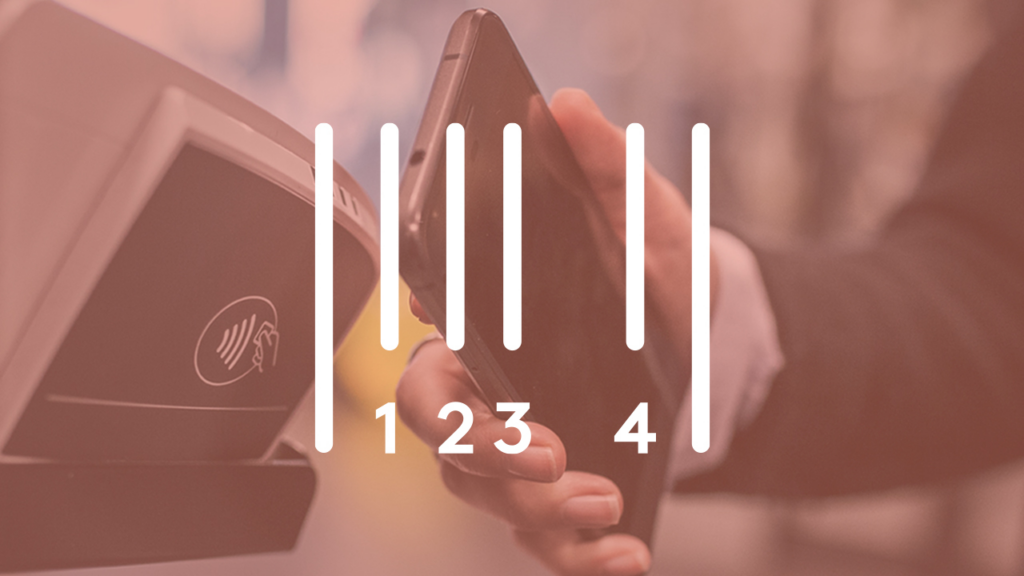#1 Mass adoption of contactless
There has been considerable growth in the amount of people making contactless payments in-store using mobiles or wearable devices – in just a few years reports have shown that the number of transactions have tripled. That’s a massive jump, and it’s reasonably consistent throughout Europe, even in traditionally conservative markets, where cash has always been king.
The transition to contactless can be put down to multiple factors, such as: (a) tap and pay being faster and easier than traditional card payments; (b) big tech such as Apple, Google, and Samsung have been promoting their mobile wallet offerings, as have we, and many banks; and (c) the fact that contactless at the point of sale terminal is standardized, meaning the implementation of contactless payments is nearly identical globally and across payment networks, again simplifying things for consumers, merchants, and payment providers. Then there’s the reach, virtually all POS card machines in Europe accept tap and pay, which, if you’re a company that facilitates contactless payments like Fidesmo, is great news. Interestingly, this is not the case in the US, where some of the biggest retailers don’t support contactless transactions.
#2 Open-Loop contactless payments is gaining traction
As public transport companies look to streamline the payment process, the adoption of systems such as Open-Loop Contactless payments is gaining traction across Europe. Transport for London (TfL) has been using Open-Loop for close to a decade – to keep the inflow of passengers moving quickly – but it’s now being rolled out in many other cities, most recently in Amsterdam. Open-Loop allows passengers to travel without buying tickets or travel cards, instead, they simply tap and pay using their physical payment card, mobile or wearable with an NFC chip. Ultra-wideband or other technologies could take this concept to the next level, as passengers wouldn’t even have to tap to pay – being in the vicinity of a reader would suffice.
#3 Shop, scan, and pay within a retailer’s digital environment is on the rise
Retailer customer clubs have long existed, but with the growth of self-scanning items, some retailers are introducing in-app payments, which by-pass instore physical payments all together. Typically, you choose your payment method, i.e., card or a Buy Now Pay Later (BNPL) service, at the time of payment. However, since this relies on customers downloading and signing up for the app, they are typically used by loyal customers.
Amazon Go cashier-less stores have come the furthest with this technology in the sense that customers with an Amazon account and app don’t even have to scan goods, they simply put them in their basket and payment is charged to their account or card when they leave the store.
#4 The hunt for invisible online payments continues
Card-on-file and BNPL services have done a lot to speed up online payments, but if you’re a first-time shopper with a specific merchant, you often have to go through the inconvenience of entering your card details manually, as well as a separate authentication process to validate yourself, which adds friction to the checkout process. The golden standard of tap and pay for mobile contactless payments is built on high security tokenization technology, something that the industry is also working on rolling out for online payments through Click to Pay, but also via Digital Wallets such Apple Pay and Google Pay that give consumers further choice in paying with their favored Mastercard card online.
In conclusion
The payment landscape is evolving, as the world’s consumers transition to digital payments and cash becomes more obsolete. New technology offers new opportunities for payment providers, retailers, and facilitators, but also generates more security challenges. Finding the balance between the best customer experience and ensuring safe payments remains critical to the industry.






